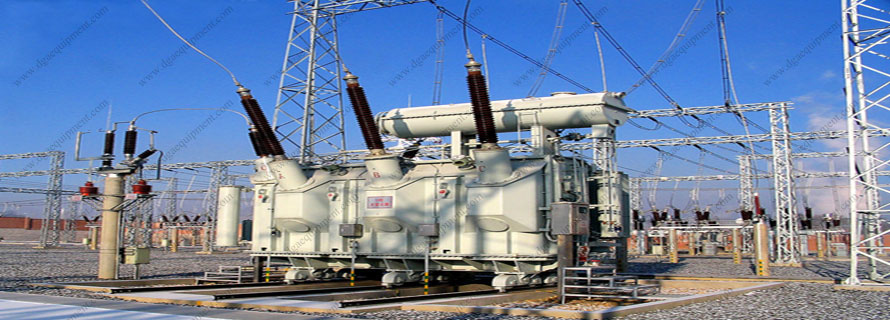ASTM D3710 for Boiling Range Distribution of Gasoline and Gasoline Fractions
ASTM D3710 Standard Test Method for Boiling Range Distribution of Gasoline and Gasoline Fractions by Gas Chromatography
1. Scope
1.1 This test method covers the determination of the boiling range distribution of gasoline and gasoline components. This test method is applicable to petroleum products and fractions with a final boiling point of 500°F (260°C) or lower as measured by this test method.
1.2 This test method is designed to measure the entire boiling range of gasoline and gasoline components with either high or low Reid vapor pressure and is commonly referred to as gas chromatography (GC) distillation (GCD).
1.3 This test method has not been validated for gasolines containing oxygenated compounds (for example, alcohols or ethers).
1.4 The values stated in inch-pound units are to be regarded as standard. The values given in parentheses are mathematical conversions to SI units that are provided for information only and are not considered standard.
1.5 This standard does not purport to address all of the safety concerns, if any, associated with its use. It is the responsibility of the user of this standard to establish appropriate safety and health practices and determine the applicability of regulatory limitations prior to use. For specific hazard statements, see Note 9 and 7.2.
2. Referenced Documents
2.1 ASTM Standards:
D86 Test Method for Distillation of Petroleum Products at Atmospheric Pressure
D323 Test Method for Vapor Pressure of Petroleum Products (Reid Method)
D1265 Practice for Sampling Liquefied Petroleum (LP) Gases, Manual Method
D4057 Practice for Manual Sampling of Petroleum and Petroleum Products
3. Terminology
3.1 Definitions:
3.1.1 final boiling point (FBP) - the point at which a cumulative volume count equal to 99.5 % of the total volume count under the chromatogram is obtained.
3.1.2 initial boiling point (IBP) - the point at which a cumulative volume count equal to 0.5 % of the total volume count under the chromatogram is obtained.
3.1.3 relative molar response - the measured area of a compound divided by the moles present in the synthetic mixture relative to an arbitrarily chosen component.
3.1.4 response factor - a constant of proportionality that converts area to liquid volume.
3.1.5 system noise - the difference between the maximum and minimum area readings per second for the first 20 area readings in the blank run.
3.1.6 volume count - the product of the area under a peak and a response factor.



